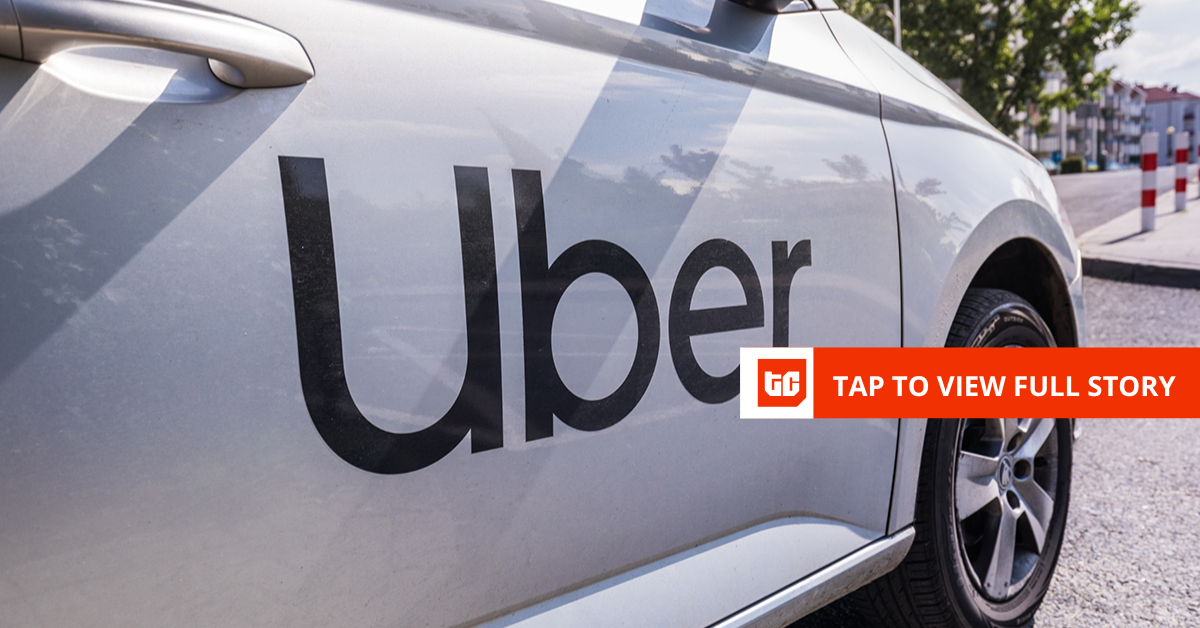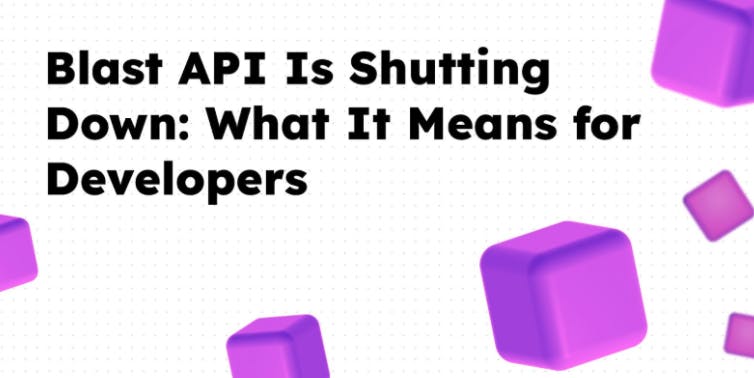After more than a decade of delays, South Africa has finally brought e-hailing into the country’s legal transport framework. On September 12, President Cyril Ramaphosa signed the National Land Transport Amendment Act (NLTA) into law, formally recognising platforms like Uber and Bolt as part of the public transport system.
The new legislation aims to formalise a transport sector that has long operated in a grey area, straddling the line between legal recognition and informal practices, often marred by violent turf wars over routes. But instead of celebration, the reaction from drivers has been cautious, even fearful. Many say the new requirements, such as the visible vehicle branding, e-hailing operating permits tied to fixed routes, and panic buttons, threaten both their safety and earnings.
“This does not make sense”
At the heart of the backlash is the operating permits. Under the law, e-hailing permits are linked to a driver’s city of registration. For example, a driver with a Pretoria address would only be licensed to operate in Pretoria. Trips to Johannesburg would require dropping off a passenger and immediately returning, without the option of picking up another ride.
“These rules do not align with tech disruption that people need,” says Fickson Chauke, an e-hailing driver.
Drivers must apply for the e-hailing permits through municipal authorities, with fees starting around R300 (over $17).
Another e-hailing driver, Thobani Zulu, noted that “honestly, this does not make any sense in terms of the purpose of e-hailing in South Africa, and it will be a big loss for the business and costly in terms of fuel.”
Zulu added that clients will be affected too, as rides outside an operator’s area will either become unavailable or too expensive to cover fuel costs.
Safety versus compliance
For others, branding rules pose the greatest risk. Drivers with personal cars will need to partner with local advertising agencies or fleet companies for compliant branding. Some fleet-owned vehicles already come branded.
“We want to be recognised, yes. But not at the cost of our safety,” says Johannesburg-based driver Qhubani Moyo. “Branding my personal car makes me feel unsafe. It turns my vehicle into a moving billboard, and that’s risky in some areas.”
The National e-Hailing Federation, which represents drivers across the country, has raised concerns about the dangers of branding in townships and informal settlements where visibility can make drivers targets for criminals or rival taxi operators.
This fear is not unfounded. In August 2025, an e-hailing driver was shot and killed at Maponya Mall in Soweto, while two others were wounded and two vehicles torched. The attack was linked to long-running tensions between traditional taxi associations and e-hailing operators.
Old rules for a new industry
The Federation argues that the law reflects outdated thinking. “The thinking is not correct and I do not think they appreciate the tech disruption. This dialogue is a decade late, and some of these recommendations belong to a decade ago,” said Vhatuka Mbelengwa, head of presidency at the federation, in a recent interview with Newsroom Africa.
Younger drivers also complained about being excluded from consultations. “We are the ones most affected by these tech-based laws, yet we were never asked for input,” said Chris Dlozi.
Other elements of the law remain unclear. The panic button requirement, for example, has left drivers puzzled. “We need to figure out what that looks like from a legislative perspective. Is it in-app or in the vehicle? Because if it’s tied to a tracking device, it becomes useless once a hijacker pulls that out,” said driver Emmanuel Mathye.
Meanwhile, some drivers who already operate branded vehicles say the bigger issue is access to permits. “We have been waiting for years for permits that never come. Now there are new permits, but we worry nothing will change,” one driver noted.
“We are currently assessing the requirements of the new legislation and remain committed to working with government and industry partners to support a smooth transition,” Uber said in a statement to . “Our focus remains on ensuring drivers can earn sustainably, while maintaining strong safety and compliance standards and delivering a seamless experience for riders.”
Drivers have been given 180 days to comply with the new rules before enforcement begins. Non-compliance could lead to penalties of up to R100 000 (~$5,700).
Mark your calendars! Moonshot by is back in Lagos on October 15–16! Meet and learn from Africa’s top founders, creatives & tech leaders for 2 days of keynotes, mixers & future-forward ideas. Get your tickets now: moonshot..com










